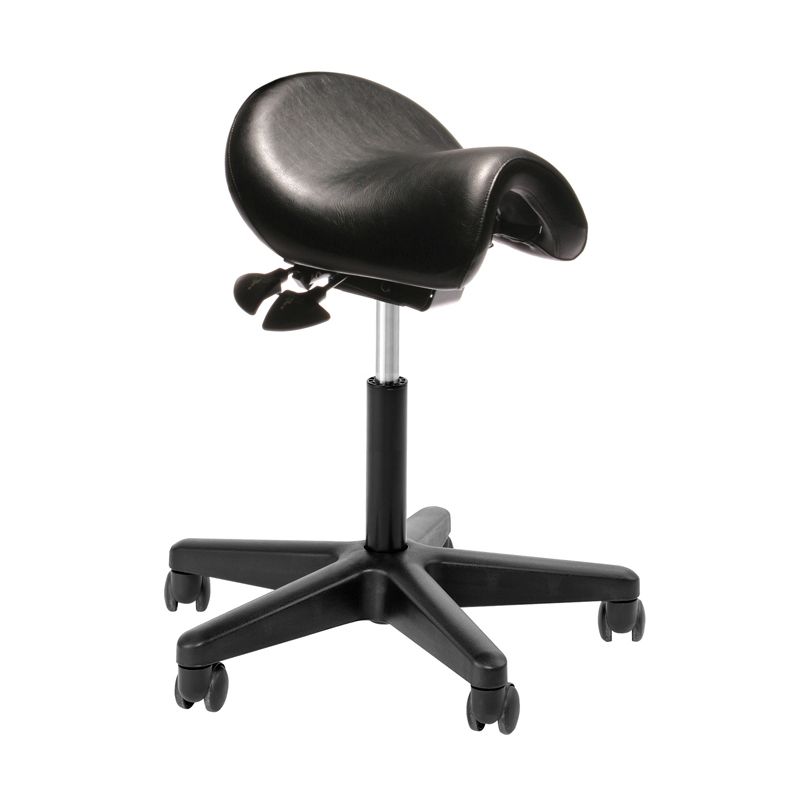I presume it works on synovial fluids, Joint regeneration would be another one to consider.
The Anatomy of a Joint:
Joints are the areas where 2 or more bones meet. Most joints are mobile, allowing the bones to move. Joints consist of the following:
- Cartilage. This is a type of tissue that covers the surface of a bone at a joint. Cartilage helps reduce the friction of movement within a joint.
- Synovial membrane. A tissue called the synovial membrane lines the joint and seals it into a joint capsule. The synovial membrane secretes a clear, sticky fluid (synovial fluid) around the joint to lubricate it.
- Ligaments. Strong ligaments (tough, elastic bands of connective tissue) surround the joint to give support and limit the joint’s movement. Ligaments connect bones together.
- Tendons. Tendons (another type of tough connective tissue) on each side of a joint attach to muscles that control movement of the joint. Tendons connect muscles to bones.
- Bursas. Fluid-filled sacs, called bursas, between bones, ligaments, or other nearby structures. They help cushion the friction in a joint.
- Synovial fluid. A clear, thick fluid secreted by the synovial membrane.
- Meniscus. This is a curved part of cartilage in the knees and other joints.











